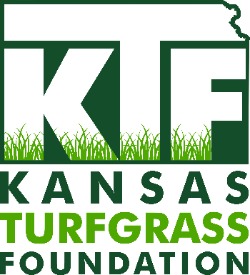Remote Sensing in Turfgrass
 Canopy Reflectance with Multispectral Radiometry
Canopy Reflectance with Multispectral Radiometry
Turfgrass quality is typically estimated by visual observations of uniformity, color, and density. Consequently, quality ratings are subjective and may vary among evaluators or even with the same evaluator over time. Conversely, multispectral radiometry measures shortwave solar reflectance from turf canopies in the visible and near-infrared ranges and may provide a more objective, quantitative method for estimating turfgrass quality. Canopy reflectances may also be a good indicator of environmental stresses in turfgrasses, such as drought stress.
Peer-Reviewed Publications:
Relationships between NDVI and visual quality in turfgrasses: Effects of mowing height. 2011. Crop Sci. 51:323–332. doi: 10.2135/cropsci2010.05.0296.
Relationships between NDVI and visual quality in cool-season turfgrasses: Variation among species and cultivars. 2011. Crop Sci. 51:2212–2218. doi: 10.2135/cropsci2010.12.0728.
Relationships between NDVI and visual quality in cool-season turfgrass: II. Factors affecting NDVI and its component reflectances. 2011. Crop Sci. 51:2219–2227. doi: 10.2135/cropsci2010.12.0729.
K-State Turfgrass Research Reports:
Evaluation of Turfgrass Quality and Green Leaf Area Index and Aboveground Biomass with Multispectral Radiometry. 2007 K-State Turfgrass Research Report of Progress 981.
Evaluation of Turfgrass Quality with Multispectral Radiometry in a Rainout Shelter Study. 2006 K-State Turfgrass Research Report of Progress 962.
Posters:
Evaluation of cool-season turfgrass quality with multispectral radiometry. Lee, H., and D.J. Bremer. Presented at the ASA-CSSA-SSSJ meetings in Indianapolis, IN, Nov 12-16, 2006.



